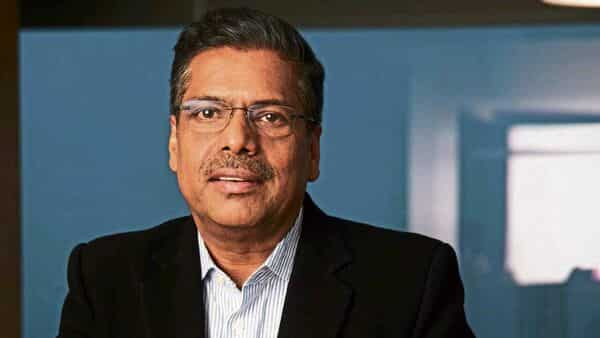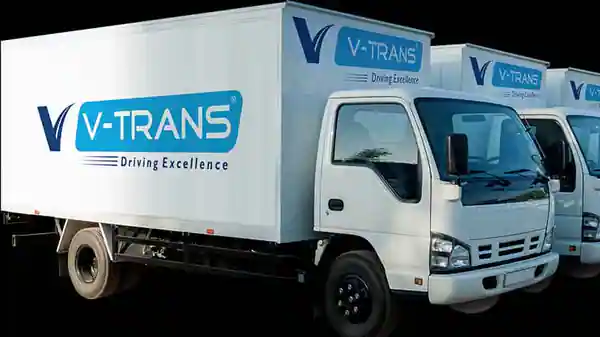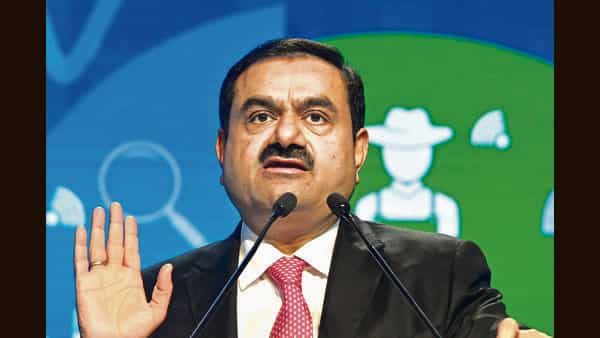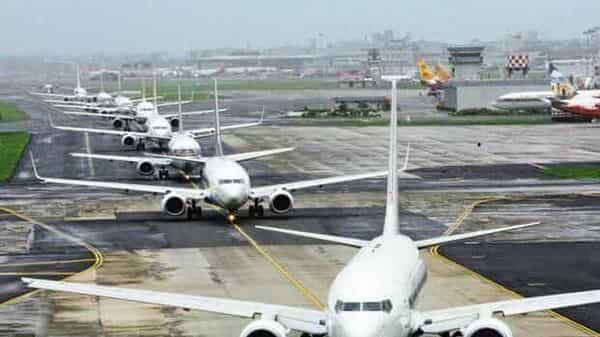[ad_1]
Are broadcasters happy with the amendments to the NTO which essentially allows you to increase channel prices back to ₹19?
The new changes introduced by Trai in NTO 2.0 is a great win-win situation for the entire industry and the regulator. Probably for the first time in the history of the regulator, broadcasters have withdrawn a case, which had reached the Supreme Court. It’s a very positive thing from broadcasters and Trai, even though there was some delay.
But they acted very, very positively to address the issues, though they have just partially addressed the issue as our demand is always regulatory forbearance. If you compare pre-NTO and post-NTO, the monthly cable or DTH bill was probably 60% of what it is today. And by introducing NTO, everyone in the value chain suffered. No one was happy, including the regulator. Customers were most affected. So, that itself shows that such regulations and restrictions are not required. In any developed country, there are no such pricing regulations. Even in our country, there is no control over any essential item; so, we have always been of the view of what’s the point of controlling this? There are certain channels, which are spending probably just ₹10 crore on content for the year, while there are others, especially sports channels, that are spending thousands of crores only on sports rights. You can’t compare these channels and, thus, every channel can’t be for ₹19. That’s what we discussed and debated and as an industry, we are very happy Trai has taken the right direction. While we have not covered it fully, we hope that this is a path towards total forbearance that will support the whole ecosystem, including the customers.
Which demands have not been met?
First and foremost is forbearance and it will take care of everything in pricing and distribution. But there are new issues such as OTT content regulation in the draft Telecom Bill. There is no clarity on entertainment content. For entertainment, we don’t need any regulation as we have a very effective self-regulatory system by Broadcasting Content Complaints Council, and a similar one on the digital side. There is no complaint. So, why control it? News and current affairs is a different segment. Now, look at the kind of FDI (foreign direct investment) in media. Disney has put $5-6 billion, Sony is investing heavily in ZEE acquisition… so huge investments have happened and more is in the pipeline. Unless you have clarity on regulatory measures, even the discussion is harming FDI.
Has the industry lost ₹1,500 crore in ad revenues due to the ban on advertising by betting and gambling firms? ?
We have lost heavily during the World Cup due to this ban. Problem is that there is no clarity on the whole betting and gambling policy. First of all, I think gaming should be taken to the central government and there should be central legislation. Every state has a different policy and every other company is moving to high courts and Supreme Court seeking injunctions. This should be taken away from the states and the Centre should define what is gaming and what is gambling. Today, nobody knows what is gaming. Let’s make it very clear so that it’ll be easier for all stakeholders to understand. It’s in the interest of both broadcasters and regulators. If you look at sports broadcast, today, out of total TV consumption in India, only 3% is on sports, while in the US, it’s 10%. Overall advertising revenue on sports is less than $1 billion. Now, it is possible to grow this to $3 billion in the next 3-4 years, but only if we are provided with the right environment to grow, which is what we want.
But with amendments to the NTO, will prices increase again, resulting in pay TV subscribers moving to OTT or FTA?
We will wait and watch. We will be conscious of not charging much. We increased our bouquet prices by a single digit. We had not increased prices in the last three years. Looking at inflation, IBDF has advised its members not to increase more than 7-8%.
What’s the broadcast industry’s view on the new uplinking/ downlinking guidelines, especially where you have to mandatorily telecast 30 minutes of programming in the national interest or public service?
We are in the entertainment business and most of our programmes or serials come with a positive message. What more do you want us to do? We are not public service broadcasters. Again, no clarity. We will wait for the circular.
And on top of it, the ad market has remained subdued this festive quarter?
All broadcasters have suffered this quarter. Diwali was very bad and as an industry, we have lost around 20-25% in ad revenues. All the advertisers are in cautious mode. E-commerce players and startups have stopped advertising and FMCGs, while they have money, are being too cautious and are in wait-and-watch mode.
Two of the broadcasters — Viacom18 and Sony — picked up slots on DD FreeDish, but decided not to offer free-to-air channels. Was it an industry decision? Have you all decided to go back to the FTA route with some of your channels?
We as IBDF have not decided on it yet. I was reviewing the FTA market and realized that from ₹2000-2200 crore advertising revenue, it has shrunk to less than ₹1,000 crore. The difference is directly or indirectly gone back to the pay TV universe. So then, whether should we go there or not is a good question to discuss and debate.
Also, DPOs are now saying that the fall in subscribers has stopped and there is a slight improvement.
Download The Mint News App to get Daily Market Updates & Live Business News.
[ad_2]
Source link
John Miller has been writing about science, gaming, and tech culture for over a decade. He’s a top-rated reviewer with extensive experience helping people find the best deals on tech and more.



